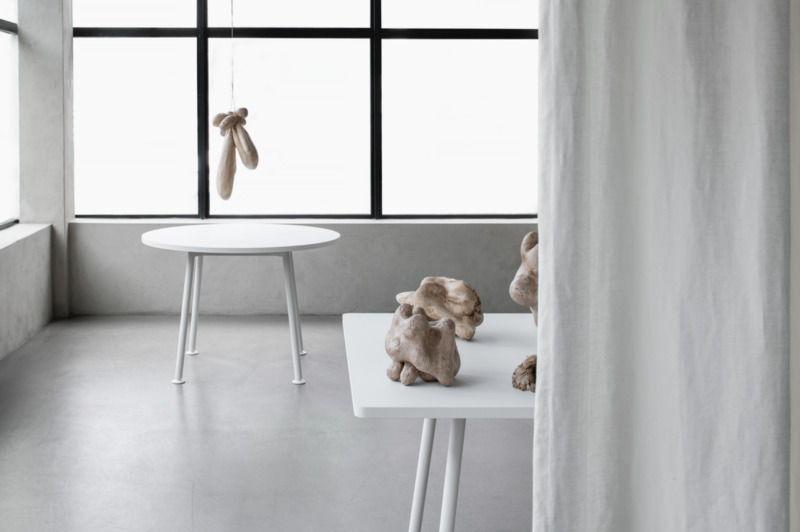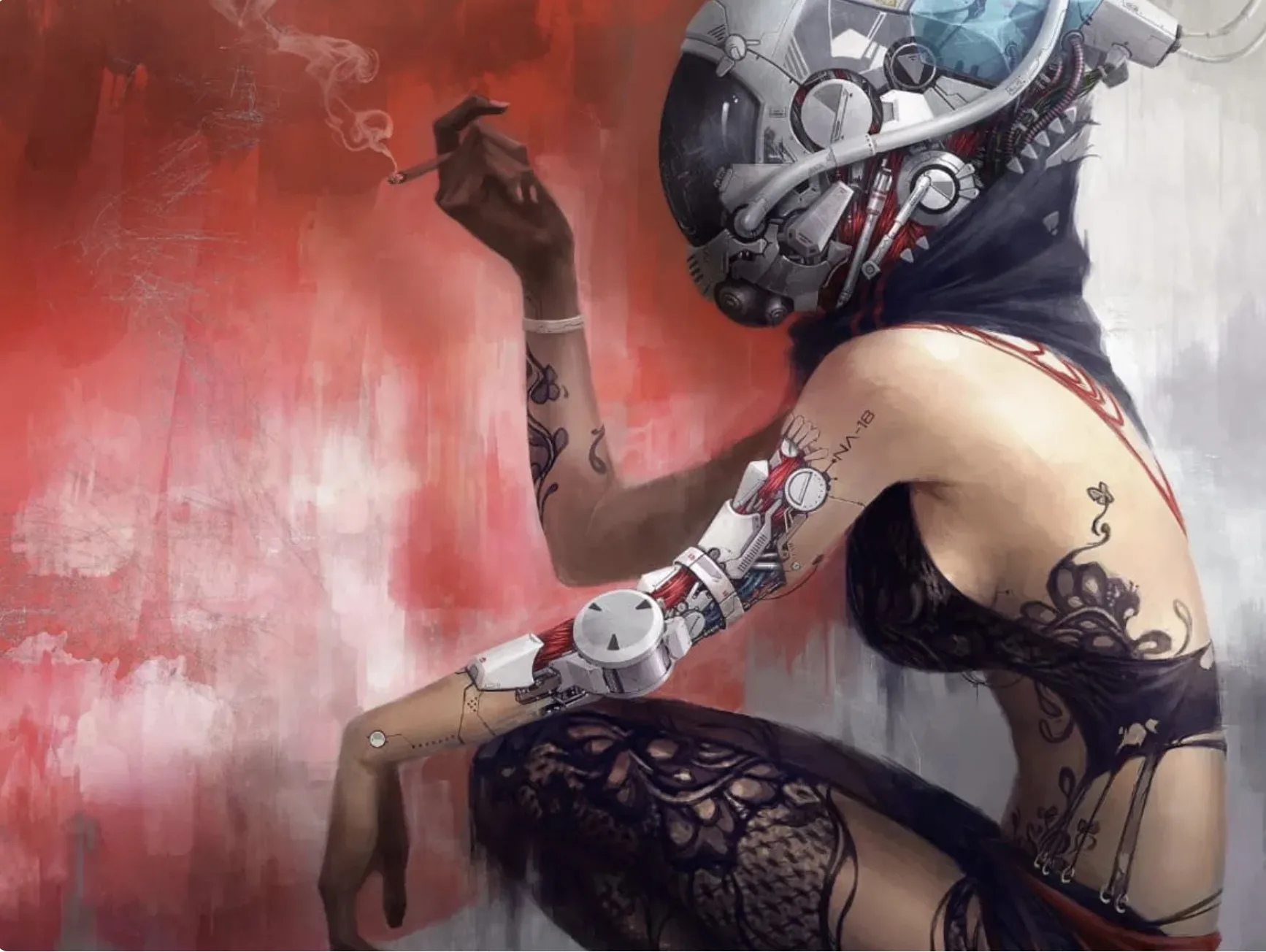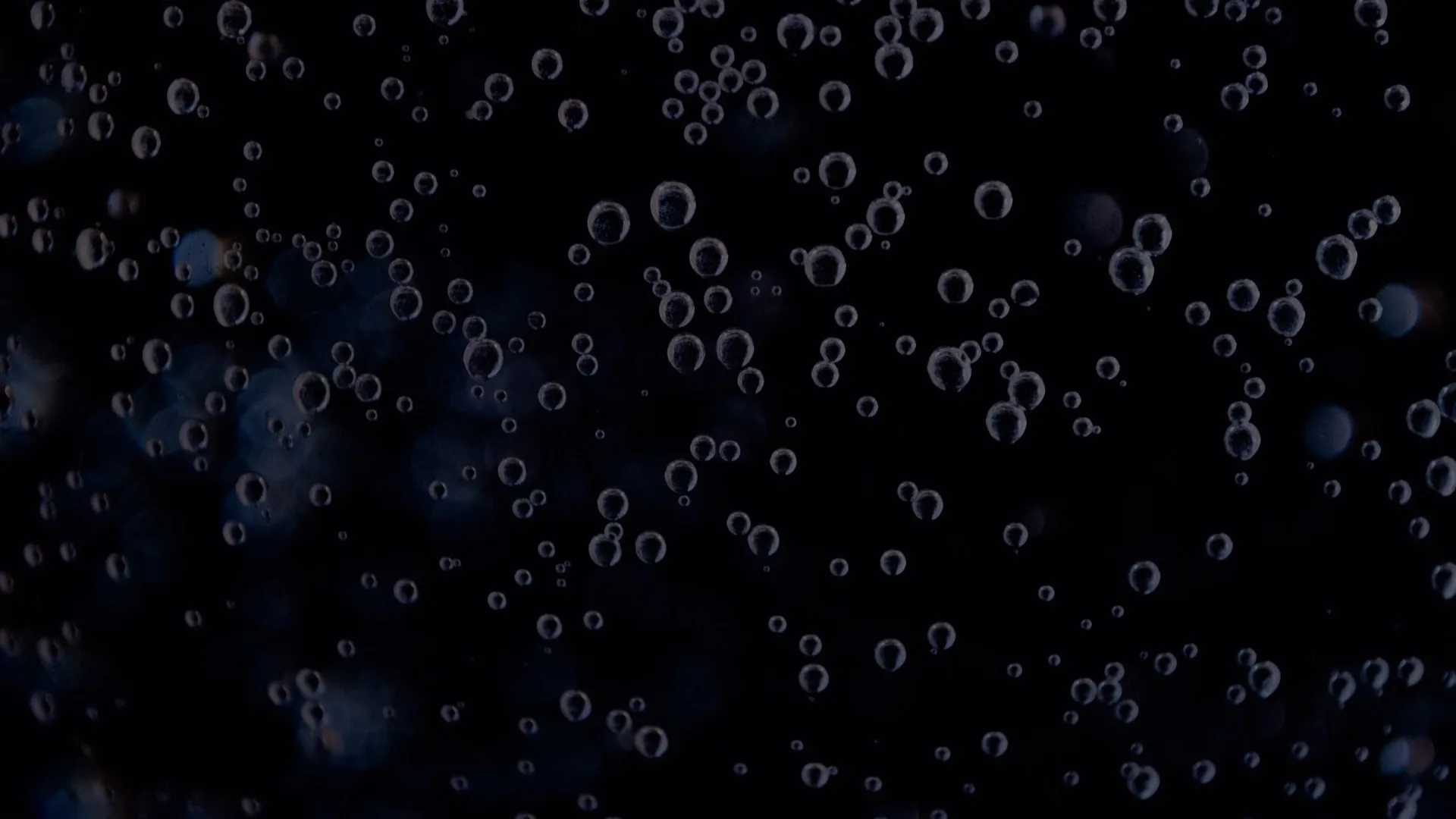A Mother’s Wisdom: 5 Life Lessons for a New Decade
January 14, 2020The locomotive travel renaissance
January 20, 2020Inspired by the moon lander, Stockholm-based artist Åsa Stenerhag has created a series of ceramic objects in collaboration with ‘Massproductions’ that she suggests might be alien body parts.
Finished in shades of white, brown and black, the stoneware pieces bear some resemblance to human body parts. There are some that look like bones, while others could be mistaken for lungs or intestines. The sculptures come in a variety of shapes and sizes. Stenerhag bakes each piece once before applying dye, to ensure the stoneware is still porous enough to soak up the colour. Linseed oil, shoe polish and gouache are among the different substances she uses for dyeing.
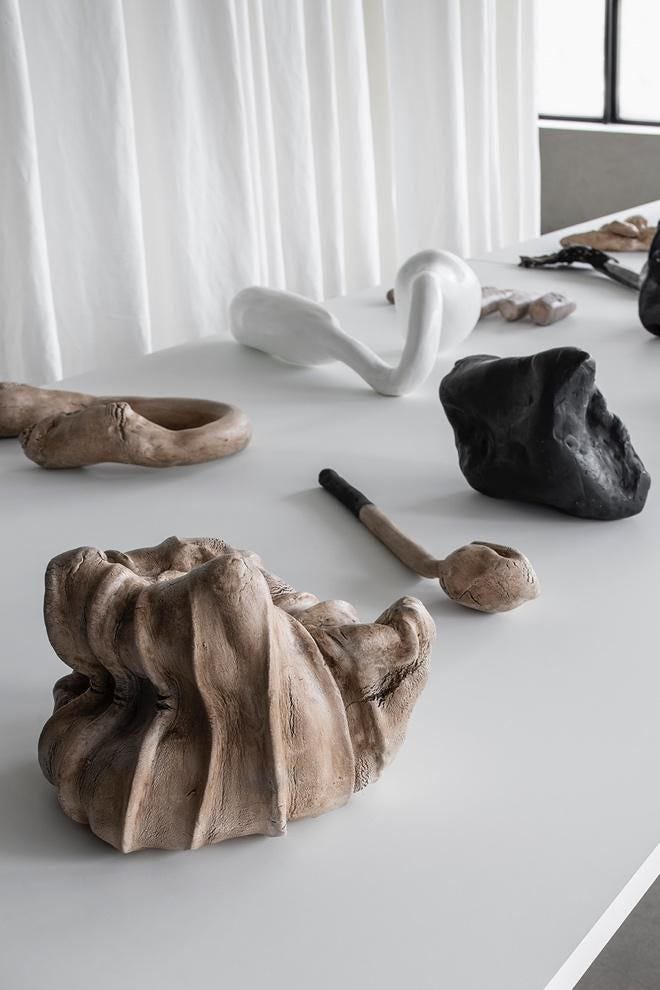
The inspiration behind the series is more than how it was actually made. The name of the installation challenged and helped to further develop the design language. It’s like lighting a spark. When parameters are set, ideas are triggered. It is about telling a story, creating a feeling, an exciting one, unified together. “For me, creation is primarily about intuitive work though also about channelling a feeling. In this case, it is a life energy, which is shaping and exploring itself, both on the inside and the outside” said Stenerhag.
Her work usually starts with a feeling, an energy and desire that then comes down to material, surface and shape until it becomes a whole. “It is also about being fully present in what I do. Clay is a living material and must be taken care of in different ways throughout all stages of the drying process. It is a constant collaboration between me and the clay. For me the process is as important as the result. That’s what drives me” says Stenerhag.
How can we relate this to what is happening in society right now?
The ceramic industry has entered a harsh time. The last few years it has lost 80% of its total sales. The millennial consumer doesn’t want to spend a lot of money on expensive tableware anymore, that money is usually reserved for special events. Millenials would much rather buy a couple of cheaper tableware sets throughout their lifetime at a mass-store like Ikea. Another reason for the millennial consumer to not buy expensive ceramics (like chinaware) is not only because of the casualisation of the dining moment, but therefore also the casualisation of the bridal moment. Millennials are not interested in receiving expensive tableware to use on special events when they get married, because those ‘special events’ aren’t that ‘special’ anymore. They would rather order a take away when a lot of friends are around for dinner than setting up a table. They have transformed the dining moment from a formal moment into a casual one.
The millennial consumer is way different from the baby boomer consumer. The baby boomer is more focused on the product/service itself, the millennial is more focused on the people and the story behind that particular product/service. Their idea of status is not shaped by luxurious and exclusive possessions, but by a commitment to freedom of expression, new experiences and technology that matches their busy lifestyles.
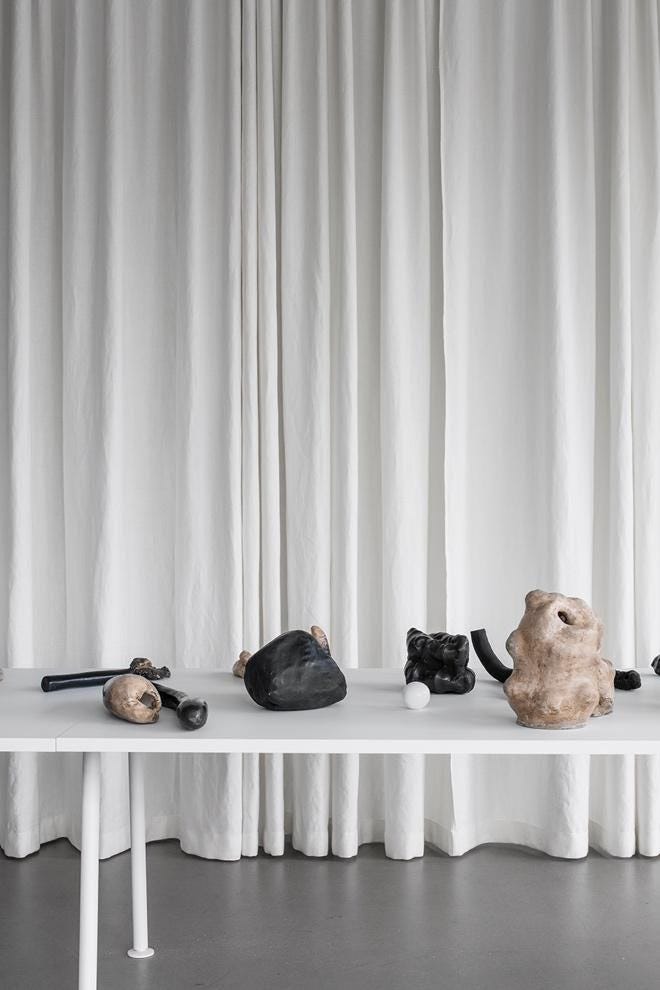
The new spirituality through ceramics
Millennials are on a spiritual journey. They seek spirituality and are open to the possibility of the divine. There can be no doubt that, as the world becomes increasingly confused, polarized and uncertain, more and more millennial consumers are looking to lead more considered and meaningful lives. This is very much reflected in new personal belief systems. ‘Spiritual but not religious.’
If we look at the ceramic industry, we see a clear similarity between ceramics and Millennials. “Ceramics are fragile, strong and beautiful all at once, just like people,” says psychologist Tomás Navarro. “Ceramics and life can break apart into a thousand pieces, but not for that reason should we stop living intensely. When we are immersed in a creative process, we adopt a new perspective that allows us to analyse the pain that we’ve suffered, and transform it into something beautiful.”
“The world breaks everyone and afterwards many are strong in the broken places” — Ernest Hemingway
The spiritual journey of the millennial and the ‘fragileness’ of ceramic is about the Art of Embracing Damage, also known as Kintsugi.
The Japanese practice of the art of Kintsugi teaches us that broken objects are not something to hide but to display with pride. Kintsugi (金継ぎ), or kintsukuroi (金繕い), literally golden (“kin”) and repair (“tsugi”) highlights and enhances the breaks thus adding value to the broken object.
We can see the Japanese art form Kintsugi as a metaphor for embracing flaws and imperfections. Navarro says: “By being prepared for the inevitable, when challenging times happen, we can apply kintsugi. Instead of sweeping our problems under the metaphorical carpet, we can put ourselves back together in a way that embraces the challenges we have faced as part of our life’s journey, while acknowledging that it is our scars that make us strong and interesting people”.
The story behind ceramic, what can be seen as a piece of art, is much more important and becomes a part of a spiritual life journey. The alien ceramics can thus be seen as a new kind of freedom, where imagination plays a big role.
Why is this interesting when we look at the future?
This cool-seeds is about a new deeper dimension of humans. Value, spirituality, intuition and feeling is more important than status by a product/service. Millennials are seeking a spiritual journey to discover their own deeper dimension as human beings. They learn to accept that everybody is perfect, no matter any imperfections, no matter your race, gender, colour or size. It is all about finding beauty within the imperfections and differences of life. A new and deeper dimension of being human.
“We are not human beings having a spiritual experience, we are spiritual beings having a human experience” — Pierre Teilhard De Chardin
Millennials becoming the driving force for economic activity. That is why focussing on these particular consumers is so important for an industry such as ceramics. The luxury landscape is turning into a retail landscape focussed on value. Millennials are more interested in “local, original and what they can feel and trust are all good” says Laurent Freixe. They are fascinated by raw, elemental beauty and the goal to let it fit to their hipster aesthetic.
You can see they care more about the story and the meaning of a product/service, than the status of a product money wise.

